
Black-tailed Gull
Black-tailed Gull
Black-tailed Gull
Do you know about the black-tailed gull, a member of the gull family that mainly inhabits the seaside? The biggest feature of black-tailed gulls is that they make a characteristic sound like a cat called “myao”. However, many people may not know much about their ecology other than their cries. Let’s take a closer look at the characteristics and secrets of black-tailed gulls, which represent Japan’s gull family, in this article!
Black-tailed Gull Basic Infomation
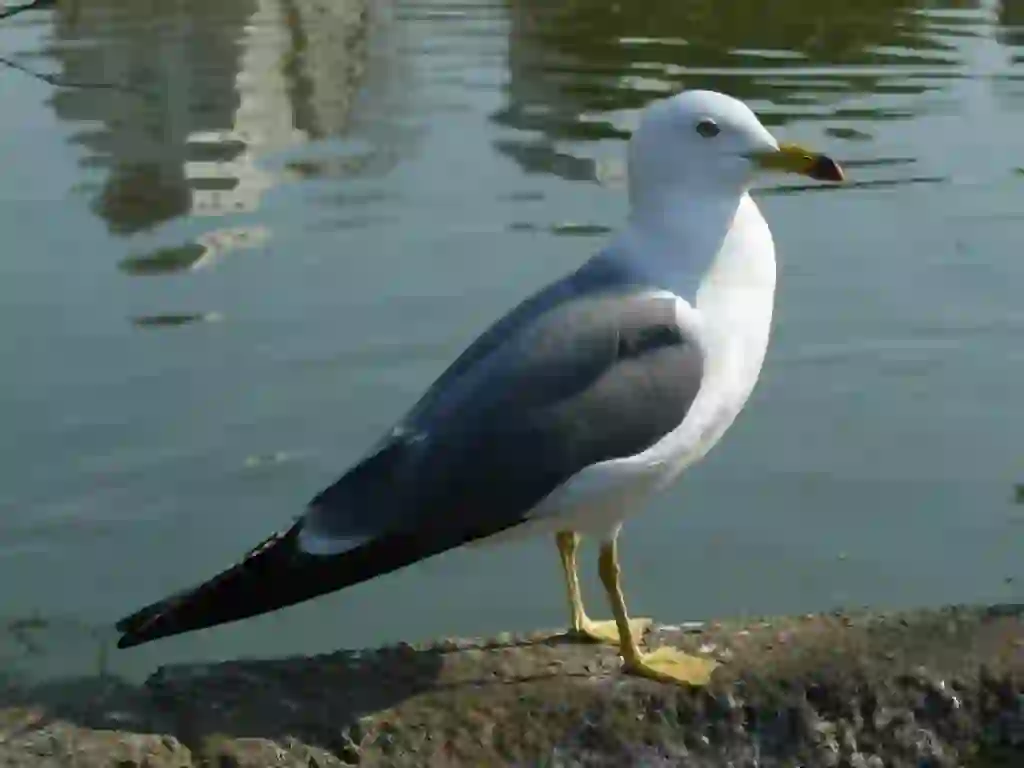
Aves-Charadriiformes-Laridae.
Length 44~47cm. Weight 430~640g.
The black-tailed gull is a medium-sized gull and one of Japan’s representative gulls. Its body length is about 44-47 cm, but when both wings are spread, it can reach 115-120 cm.
Its characteristics are that the upper part of its back and wings are black and the lower part is white, and there are red and black stripes at the tip of its beak.
In addition, a black band appears on its tail feathers with adult birds, which is also one of its major features because it never disappears throughout its life.
Black-tailed gulls reach sexual maturity at about 4 years old and can breed. The breeding season is from April to June, and they make nests using leaves, branches, feathers, etc. in groups on grasslands or rocky walls.
Females usually lay 2-3 eggs at a time and incubate them for about 24-25 days until they hatch. The feathers of newly born black-tailed gull chicks are spotted with black and brown and have a completely different color from their parents.
It seems that once black-tailed gulls form a pair, they often breed with the same pair in the following year as well, but if one of them dies or gets injured, the pair may be dissolved.
Black-tailed Gull Q&A

What is the origin of the black-tailed gull name?
In English, it is called "black-tailed gull", but in fact, in the case of Japanese, it is named "umineko". Why did it come to be called a umineko in Japanese this time? We will introduce its origin.
In conclusion, it is said that the origin of the name umineko is its sound. It seems that sea cats have come to be called "umineko" because they meow with a voice that sounds like a cat called "Miao". (Japanese the sea is called the "umi" and the cat is called the "neko". )
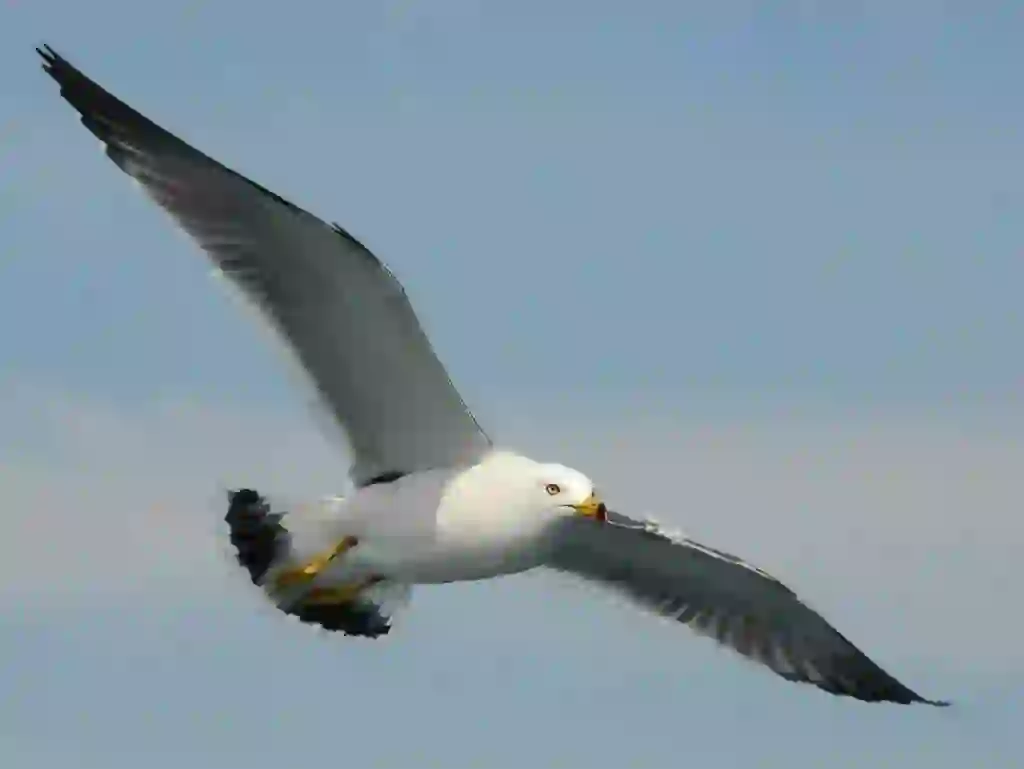
Why do black-tailed gulls live there?
Black-tailed gulls inhabit a wide area from the coast around the Japan archipelago to southeastern Russia in the north and the Korean Peninsula in the south. We did some research this time, but we didn't know exactly why black-tailed gulls live in these areas.
However, black-tailed gulls are one species of resident bird that stays in the same place to live and breed. Considering that black-tailed gulls can live in the same place forever, we can see that there are suitable places for black-tailed gull breeding in these areas and that food is abundant enough to support the black-tailed gull herd throughout the year.
Famous breeding grounds for sea cats are "Kabushima black-tailed gull Breeding Ground" in Aomori Prefecture, "Tsubakishima black-tailed gull Breeding Ground" in Iwate Prefecture, "black-tailed gull and rhinoceros auklet Breeding Ground" on Rikuzen-Enoshima Island in Miyagi Prefecture, "Tobishima black-tailed gull Breeding Ground" in Yamagata Prefecture, and "Kyojima black-tailed gull Breeding Ground" in Shimane Prefecture.
The above five sites are designated as National Natural Monuments of Scenic Beauty.

What do black-tailed gulls eat?
Black-tailed gulls are omnivorous animals and mainly eat fish, squid, amphibians, insects, etc. in the wild.
They sometimes catch food themselves or eat dead creatures washed up on the beach. They also steal food from other seabirds or receive leftovers such as fish caught by fishermen.
In recent years, it has been observed that they eat tadpoles and crayfish in rice fields, possibly due to a shortage of food caused by an increase in their population.
Black-tailed gulls living in zoos are mainly fed small fish.

Is it true that the damage caused by black-tailed gull calls and droppings is increasing?
It's true.
Recently, black-tailed gulls have been gradually expanding into Chuo Ward and Koto Ward in Tokyo, and damage caused by loud cries and droppings that can be heard day and night has been increasing.
Black-tailed gulls usually inhabit along the coastlines, but it seems that green rooftops of buildings that have increased in recent years are also very comfortable places for them.
However, no matter how much damage is caused, black-tailed gulls are protected by the Wildlife Protection and Management Act (Law Concerning the Protection and Management of Wildlife and Hunting) and it is not allowed to capture or collect live animals or eggs without permission.
Therefore, indirect measures such as installing prevention nets and conducting regular inspections are being taken to prevent black-tailed gulls from settling or breeding.

What kind of personality does a black-tailed gull have?
Black-tailed gulls have a relatively friendly personality and are not afraid of humans, although there are individual differences.
In some areas, black-tailed gulls are fed and those that are fed may perch on people’s heads and beg for food.

What is the difference between black-tailed gulls and gulls?
When you want to distinguish between black-tailed gulls and other gulls, first pay attention to their beaks. Black-tailed gulls have three colors on their beaks: yellow, black, and red, while other gulls have only yellow beaks.
Next, pay attention to their eye color. Black-tailed gulls have eyes that resemble those of cats, with black pupils clearly visible in yellow irises. On the other hand, the eyes of other gulls are generally dark and it is difficult to distinguish between irises and pupils, giving them a stuffed animal-like appearance.
Furthermore, black-tailed gulls can be distinguished from other gulls by looking at their tails. Many species of gulls including black-tailed gulls have a characteristic where young birds have a black band on their tails.
In many species, this band disappears as they grow up, but black-tailed gulls retain this band even as adults.

Can black-tailed gulls be kept as pets?
When breeding rare animals at home, it is necessary to follow the established laws in some countries. This time, I will introduce whether it is possible to raise black-tailed gulls in Japan.
Black-tailed gulls are protected by a law called the Japan Wildlife Protection and Management Law.(Act on the Protection and Management of Birds and Beasts and the Optimization of Hunting)
Capturing wild birds and animals for pet purposes is generally prohibited, and black-tailed gulls are not classified as hunting birds and animals that can be hunted if they comply with the period and method.
Therefore, basically, it is not possible to hunt or capture black-tailed gulls without permission from the Minister of the Environment or the governor of a prefecture for any reason.
Furthermore, it is better to consider black-tailed gulls as animals that cannot be kept as pets because they are not animals sold in pet shops.
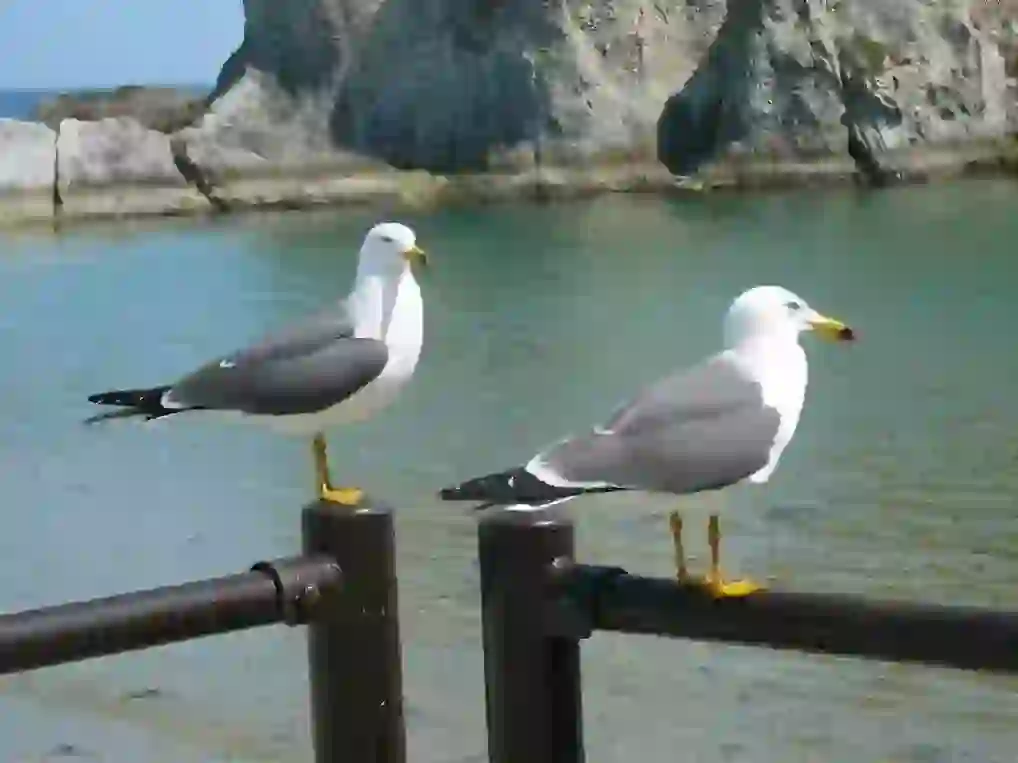
Where can I see black-tailed gulls in Japan?
Black-tailed gulls are kept in many zoos such as “Yagiyama Zoological Park” in Miyagi Prefecture, “Yokohama Zoo Zoorasia” in Kanagawa Prefecture, “Ehime Tobe Zoo” in Ehime Prefecture, and “Kobe Oji Zoo” in Hyogo Prefecture.
Black-tailed gulls are a type of bird that lives near human habitation and has many opportunities to interact with humans. As a result, they are often injured due to reasons such as colliding with cars or window glass, getting tangled up in fishing line or hooks on their bodies or wings, and ingesting garbage, resulting in injuries such as fractures and requiring protection. Many of these protected individuals are housed and exhibited in zoos.
To prevent black-tailed gulls from being injured carelessly, it is important to always take fishing line home when fishing and to take away garbage generated during barbecues or swimming.
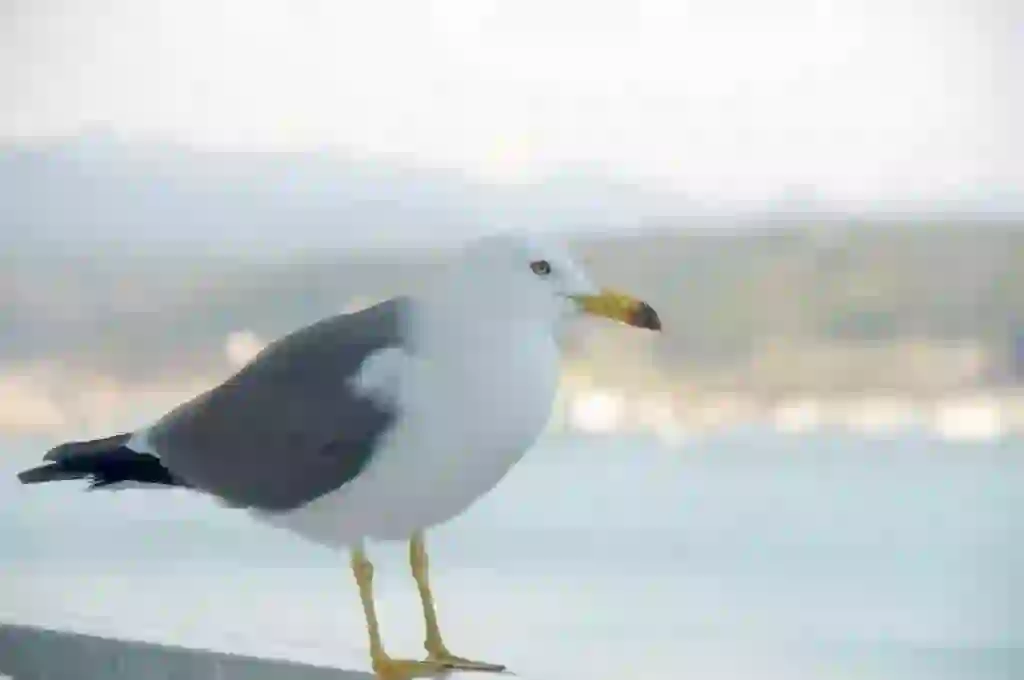
What is the lifespan of a black-tailed gull?
The lifespan of black-tailed gulls is still unclear because it is very difficult to track the life of birds that fly freely like black-tailed gulls. Also, many young birds die early and only a limited number of individuals tend to live long. For these reasons, it is difficult to investigate the lifespan of wild birds, not just black-tailed gulls.
However, black-tailed gulls seem to be quite long-lived, as an individual that has survived for 30 years and 11 months was confirmed on Kabushima Island in Aomori Prefecture in 2005
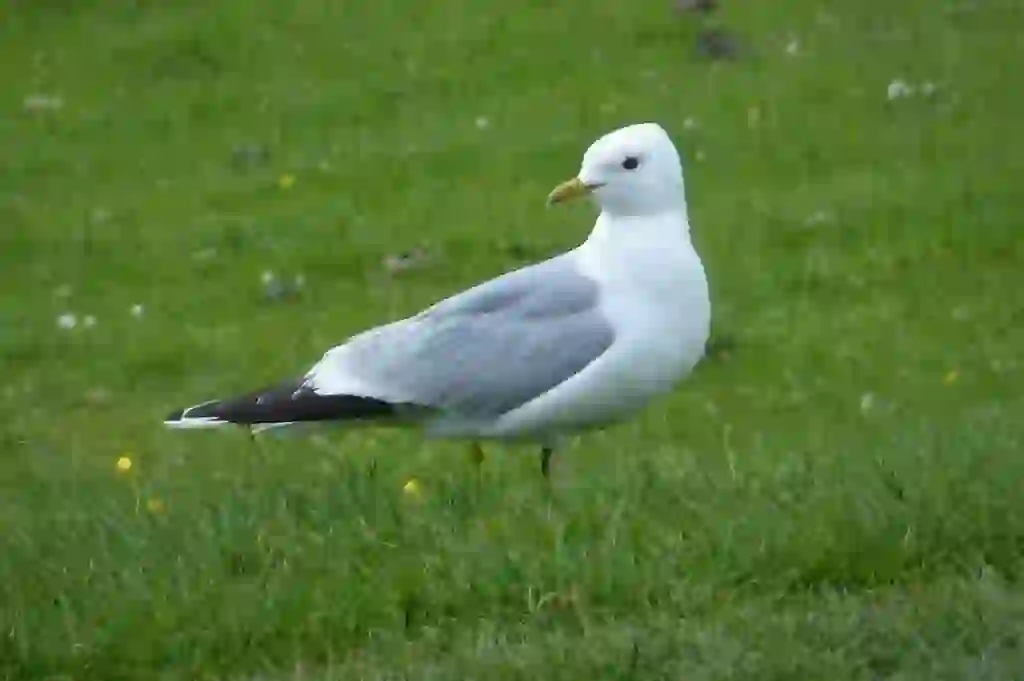
What kind of enemies does a black-tailed gull have?
The natural enemies of black-tailed gulls are said to be animals such as cats, rats, foxes, crows and white-tailed eagles.
The following sentence can be translated as For black-tailed gull chicks, adult black-tailed gulls may also be natural enemies. This is because black-tailed gulls have a strong territorial awareness and have a habit of attacking anything that enters their territory, even if it is a small chick.
As a result, it is not uncommon for chicks that have grown up enough to walk to enter another black-tailed gull’s territory and be attacked and killed.
It is believed that black-tailed gulls are currently a species of animal with a large number of inhabitants and little risk of extinction, despite the fact that many animals are at risk of extinction.
However, wild animals can be hunted without restriction if they are not limited in capture, as was the case with Japan’s albatrosses and America’s passenger pigeons, which were hunted to near extinction despite their large numbers.
Therefore, five breeding grounds for black-tailed gulls have been designated as national natural monuments and are protected.

Would you like to become a part of the 'Animalbook.jp'?
Turn your knowledge into Q&A and share it with the world. ※Publication will be activated after purchase. Let's share information together!
Black-tailed Gull Type of List
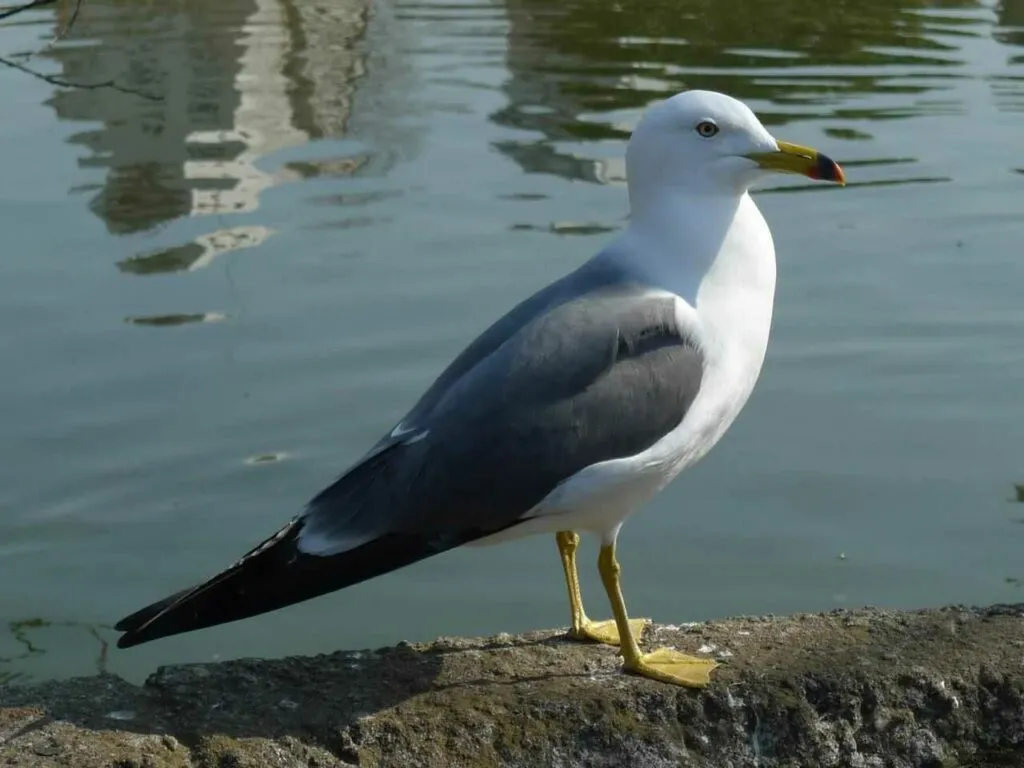
- Black-tailed Gull
Information
Congratulations! You are the first commenter!

Create Your Favorite List!
Black-tailed Gull
Save the animals you love! Build your own list to quickly revisit your favorites later.

Would you like to leave a comment?
※Please note: This is for the purchase of rights to post comments within the article.
Find Your Favorites!
Our shop offers a unique and attractive selection of goods themed around various animals.
Black-tailed Gull References

- よこはま動物園ズーラシア「動物検索 ウミネコ」 https://www.hama-midorinokyokai.or.jp/zoo/zoorasia/animal/subarctic/post_23/
- よこはま動物園ズーラシア「カモメの恋(ウミネコ編)」 https://www.hama-midorinokyokai.or.jp/zoo/zoorasia/details/post-2256.php
- よこはま動物園ズーラシア「飼育日誌 カモメいるんですよ」 https://www.hama-midorinokyokai.or.jp/zoo/zoorasia/details/post-2235.php
- Twitter・多摩動物公園[公式]@TamaZooPark https://x.com/TamaZooPark/status/1319456164317261824
- 公益財団法人 山階鳥類研究所「コハクチョウとウミネコの長寿記録」 https://www.yamashina.or.jp/hp/ashiwa/news/200605.pdf
- 環境省「捕獲許可制度の概要」 https://www.env.go.jp/nature/choju/capture/capture1.html
- 八戸市「国天然記念物 蕪島ウミネコ繁殖地」 https://www.city.hachinohe.aomori.jp/soshikikarasagasu/shakaikyoikuka/bunka/2/4941.html
- 野外条件下におけるウミネコのテロメア動態に関する研究 https://nagoya.repo.nii.ac.jp
- 国土交通省中国地方整備局「ウミネコ」 https://www.cgr.mlit.go.jp/ootagawa/Bio/birds/index366.htm
Black-tailed Gull Introduction of media used

出典:https://commons.wikimedia.org/wiki/File:Black-tailed_gull.jpg

出典:https://commons.wikimedia.org/wiki/File:Gulls_in_air3.jpg

出典:https://pixabay.com/images/id-5676810/

出典:https://commons.wikimedia.org/wiki/File:Kabushima2.JPG

出典:https://commons.wikimedia.org/wiki/File:Gulls_in_air13.jpg

出典:https://commons.wikimedia.org/wiki/File:南三陸_ホテル観洋のカモメ.jpg
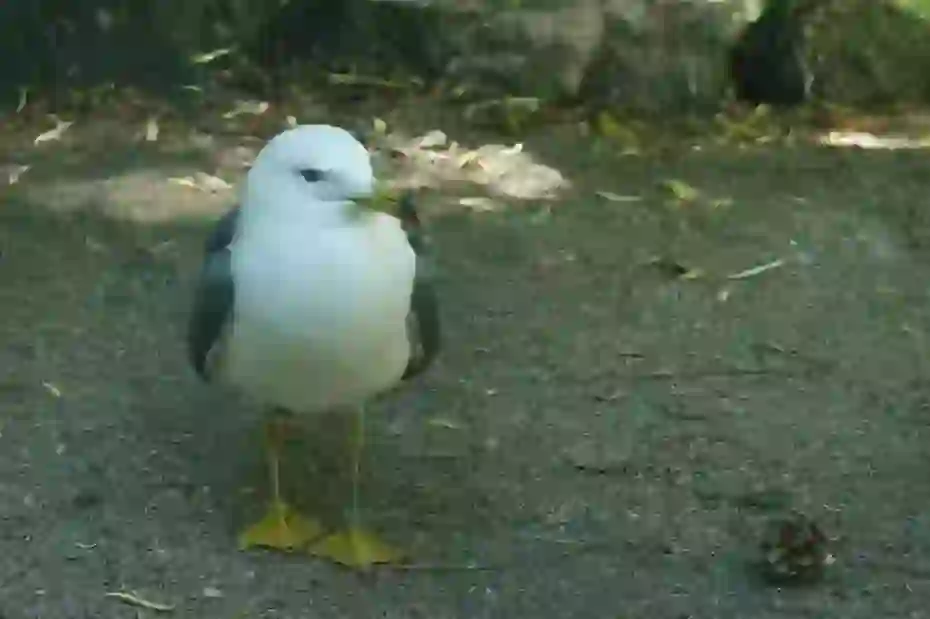
出典:https://commons.wikimedia.org/wiki/File:Vogelpark_Olching_31.jpg
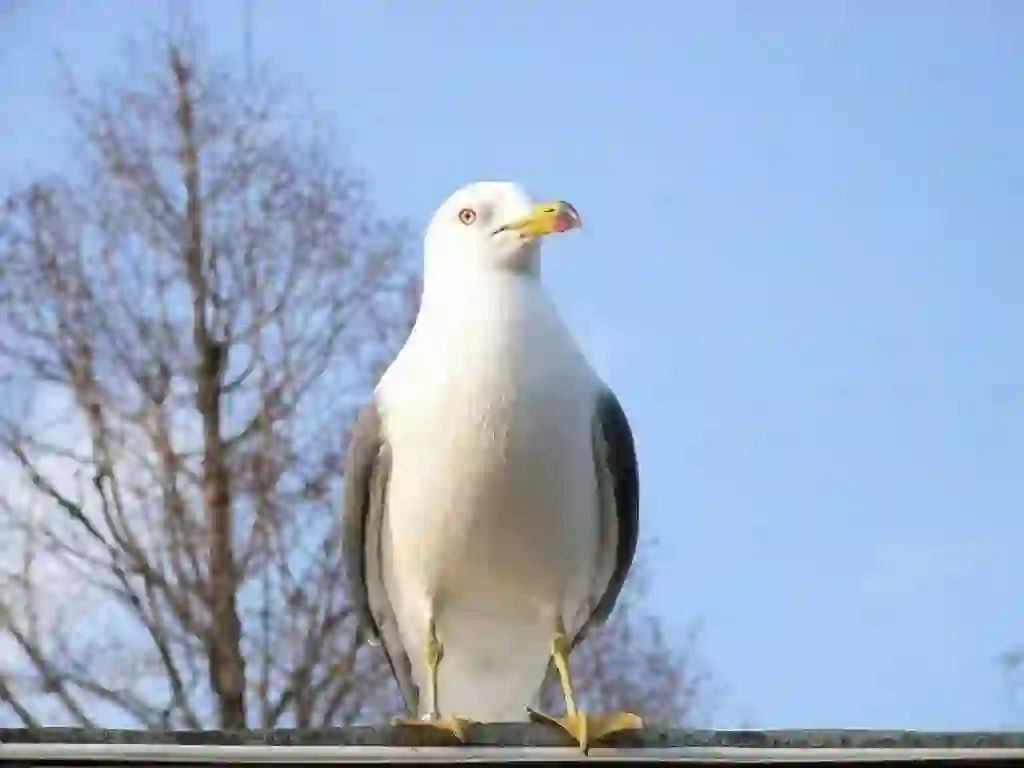
出典:https://commons.wikimedia.org/wiki/File:UMINEKO.JPG
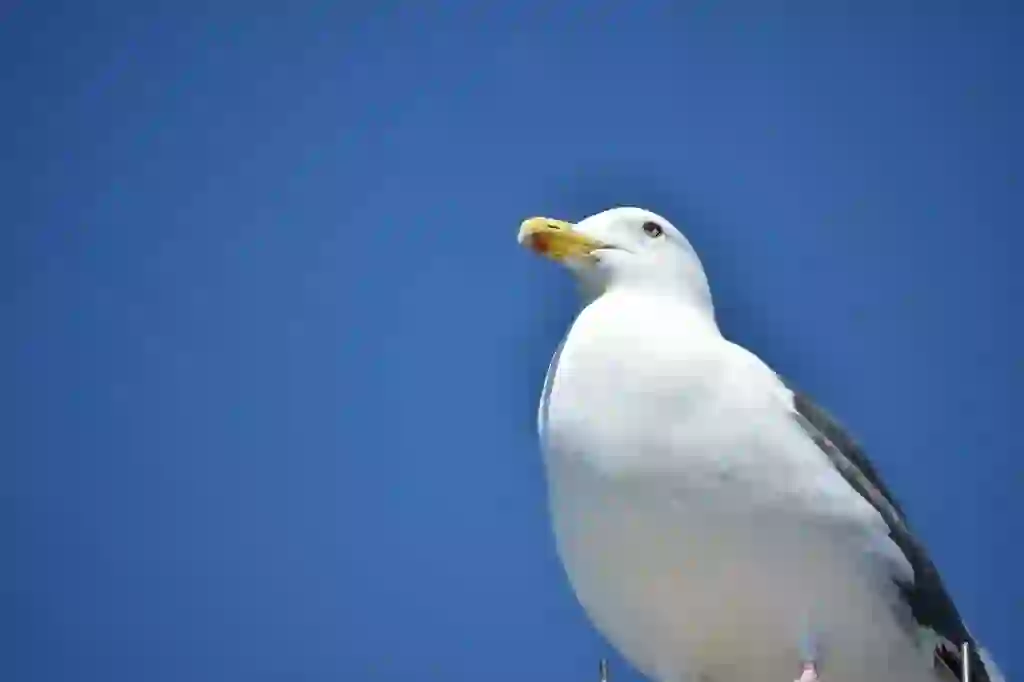
出典:https://pixabay.com/images/id-5676812/
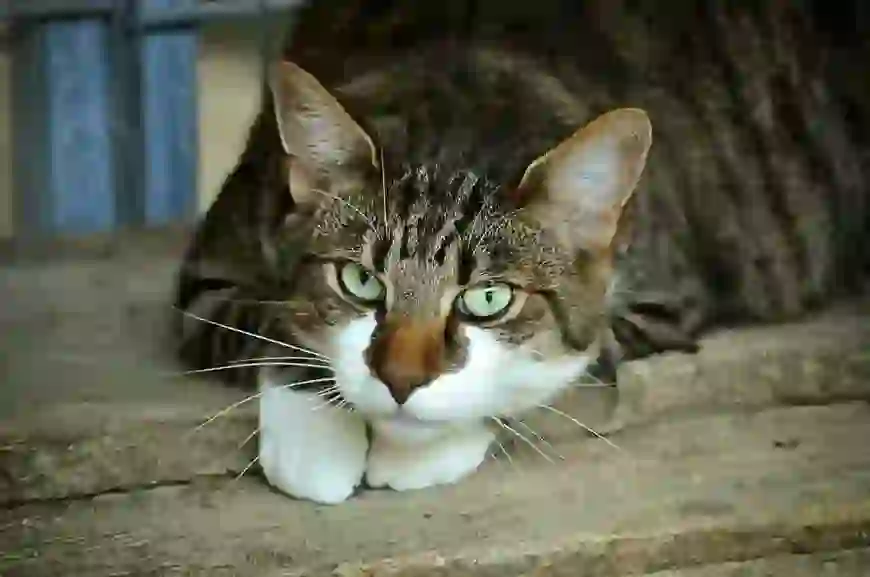
enemy
出典:https://pixabay.com/images/id-2671903/
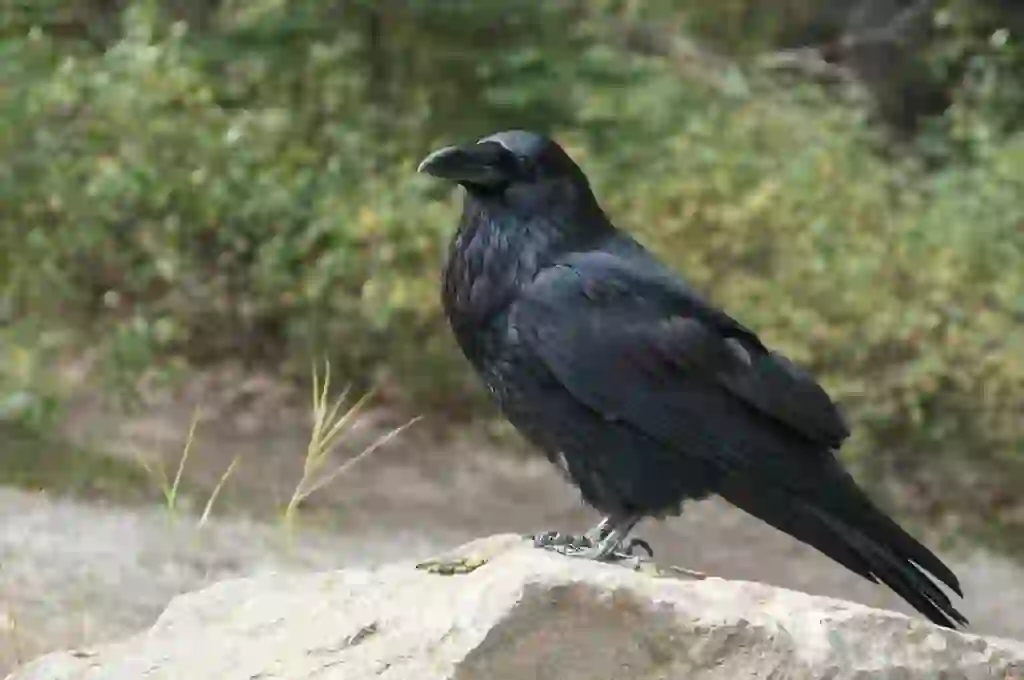
enemy
出典:https://pixabay.com/images/id-2162966/

出典:https://commons.wikimedia.org/wiki/File:Kabushima3.JPG

Help Enrich Our Animalbook.jp with Your Media!
We are constantly looking to expand and enrich our Animalbook.jp with amazing photos and videos of animals. If you have any media that you'd like to share, please contribute and help us showcase the beauty and diversity of the animal kingdom. Your submissions will be credited and featured in our encyclopedia, reaching a wide audience of animal lovers.


















